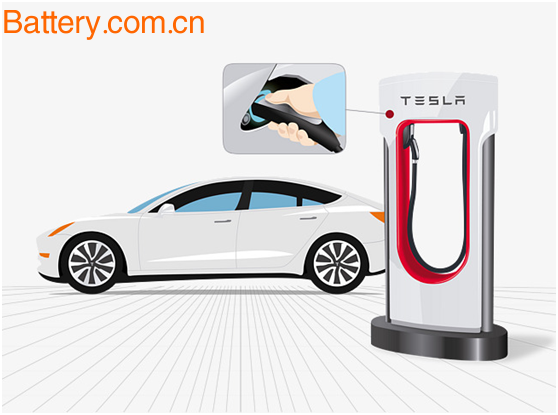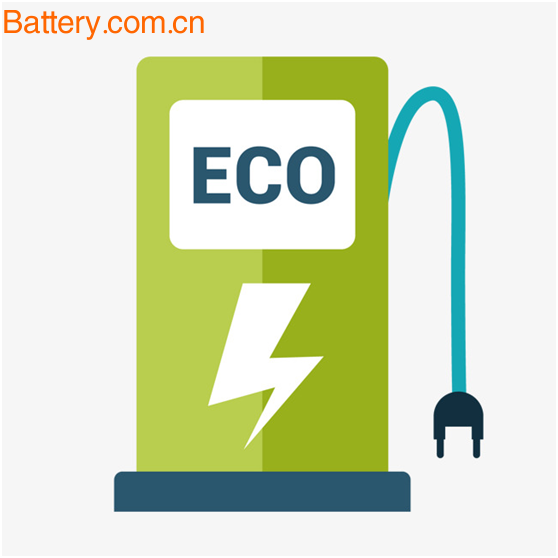Recently, BMW announced in Chengdu that it will provide more than 80,000 instant charging piles in China by the end of 2018, covering more than 100 cities, providing BMW's electric vehicle users with more efficient, convenient and intelligent public charging services. After the number of instant charging piles reached 65,000 at the end of 2017, BMW continues to lead the luxury car manufacturer's public charging network layout and further consolidate its position in the electric mobility field. In addition to building China's largest public charging network, BMW also provides convenient charging station search and booking services for new energy users through multiple platforms. BMW new energy vehicle users can easily and conveniently find the nearest charging pile and view the real-time use status of the charging pile through multiple channels such as BMW In-vehicle Interconnect, BMW Cloud Connect App or Instant Charging WeChat public account. At the same time, BMW provides free BMW charging wall boxes and basic installation services for new energy owners. As of the end of 2017, BMW's private charging service network has covered 100 cities across the country. This year, it will cover first- and third-tier cities and further explore the fourth-tier cities. The new generation of BMW charging wall boxes can charge 80% of the new electric BMW i3 in just 3.8 hours. Since the development of new energy vehicles, the construction of domestic charging piles and basic charging facilities has not kept pace with development. By the end of 2017, a total of 214,000 public charging piles had been built nationwide, an increase of 51% year-on-year. However, compared with the increase in sales of new energy vehicles in 2017, the supporting growth rate of infrastructure such as charging piles is still insufficient. Phenomenon: the overall utilization rate is still lagging behind In fact, despite the continuous improvement of China's policies, the rapid development of charging facilities has promoted the number of public charging piles in China ranking first in the world. However, the scale of charging infrastructure and the development of new energy vehicles in the same period still do not match, and structural supply is insufficient. Increasingly, the overall scale is still lagging behind. According to the goal set by the National Development and Reform Commission in the "Guidelines for the Development of Electric Vehicle Charging Infrastructure (2015-2020)", by 2020, more than 12,000 centralized charging and replacement stations will be added, and more than 4.8 million decentralized charging piles will be used. Meet the national 5 million electric vehicle charging needs. As of the end of 2017, the country's public-type charging infrastructure and on-board private charging infrastructure totaled about 446,000, the world's largest number of reserves, the national new energy vehicle ownership is about 1.729 million, the current new energy vehicles The pile ratio is about 3.8:1, which is a far cry from the 1:1 construction goal. The good news is that the national grid has already taken action. Recently, the State Grid has released news. It plans to build 120,000 electric charging piles for electric vehicles by 2020, and build a public charging network covering all cities in Beijing, Tianjin, Hebei and the Yangtze River Delta and other major cities. In addition, 3 million charging piles will be connected to the world's largest smart car networking platform. This means that the number of domestic charging piles will increase significantly in the future. It is an indisputable fact that the number of charging piles does not match the development of new energy vehicles. Due to the unreasonable layout and insufficient structural supply, the utilization rate of public charging piles is less than 15%. The low utilization rate of charging piles has become a prominent problem that restricts the development of the charging industry. In addition to the unreasonable layout of the charging piles, other reasons such as inadequate maintenance, incompatibility of the charging interface of the piles, and low level of interconnection and intercommunication are all important reasons for the low utilization rate of the charging piles, which is difficult to meet the needs of consumers, and this is also the current charging. The thorny issue facing the pile industry. Now: Seeking a sustainable development model In fact, despite the large demand for the charging pile market, its sustainable business development model has not yet formed, and there are two-way contradictions between the operating enterprises' profitability and the high consumer charging price. With the centralized development of the charging pile market and the continuous emergence of new energy vehicle market demand, how to build a smarter, higher-utility new energy vehicle charging model has become the key to the development of the industry. At present, with the help of Internet +, big data and other technical means to promote open sharing and interconnection of information, and to make the vehicle and charging pile network more matching, it is a necessary means to enhance the user experience and expand the market scale. In the future, under the application of new technologies such as “Internet +†and intelligent charging and discharging, the piles can be shared after the network is put into the network. The proportion of building piles, building networks and building stations can be reduced, and the efficiency can be improved. Obviously, the charging pile industry still needs to develop rapidly in the next few years, solve the problems of uneven distribution and irregular operation in the industry, and explore the profit model of sustainable development. The future: the charging pile market is broad, smart charging has great prospects Analysts pointed out that although the profitability of charging pile enterprises is limited in the short term, as the charging industry enters a period of rapid development, long-term performance is worth looking forward to. At present, there are many problems such as uneven distribution and unregulated operation, which restricts the development of enterprises, making the investment in the early stage of charging pile construction large, but the profit is limited. With the continuous increase in the production and sales volume of new energy vehicles and the subsidy policy for the construction and operation of charging piles around the country, combined with the current situation of the piles to be improved, the charging pile related enterprises have entered a period of rapid development, and the performance is also worth looking forward to. According to reports, there are currently 13 relatively large-scale operators in China, 4 of which account for over 80% of the total, namely special calls, State Grid Corporation, Star Charging and China Putian, and their total holdings account for the national public charging base. 86% of the facilities. Among them, the special call to build and operate 97,569 charging piles, accounting for 46%, ranking first. The second place has 42304 national grids, accounting for 20%. Then there were 28,521 stars and 14660 Chinese Putian. As of 2017, BMW has provided more than 65,000 instant charging piles in more than 90 cities across the country, building China's largest public charging network, providing users with convenient and fast new energy service support. At the end of 2018, BMW plans to expand the number of charging piles to 80,000 and cover more than 100 cities based on existing new energy facilities, greatly expanding service coverage. BMW currently has 250 authorized dealers across the country, with new energy vehicle-related businesses, providing services to car owners and potential consumers and spreading the brand's new energy concept. From the data point of view, for the performance of the charging pile sector, securities institutions generally believe that the new energy charging pile market is broad. China Galaxy Securities further pointed out that smart charging is the best segment in the charging pile sector. The market status is still a blue ocean. High-power fast charging equipment, V2G and other smart charging equipment will be demonstrated before and after 2020. Fractionator Tower,Oil Distillation Tower,Refinery Distillation Tower,Vacuum Distillation Tower Wuxi Dingfeng pressure vessel Co., Ltd , https://www.wuxidingfeng.com
